Light Smarter: Energy-Efficient Lighting Solutions for Living Rooms
Chosen theme: Energy-Efficient Lighting Solutions for Living Rooms. Welcome to a bright, cozy, and eco-friendly journey where style meets savings. Explore practical tips, real stories, and smart strategies to transform your living room lighting. Subscribe, comment, and share your ideas to help our community glow greener together.
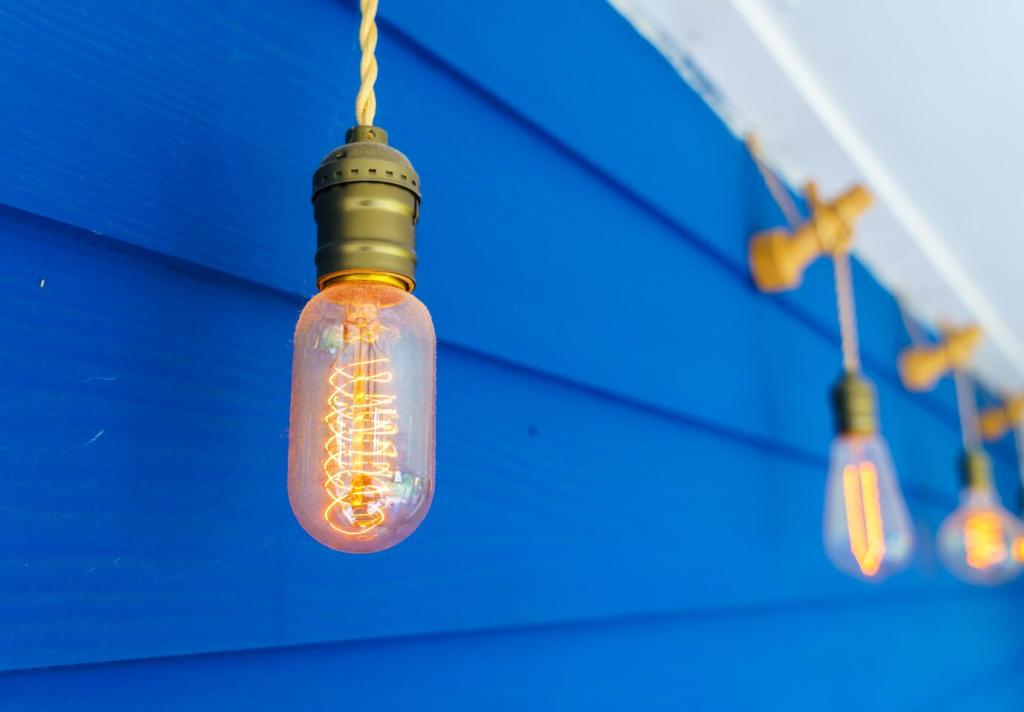
What Energy Efficiency Really Means at Home
Think in lumens, not watts. Lumens measure brightness; watts measure energy use. Modern LEDs can deliver 90+ lumens per watt, while old incandescents often manage around 15. That means fewer bulbs, less heat, and the same inviting glow that makes your living room truly welcoming.
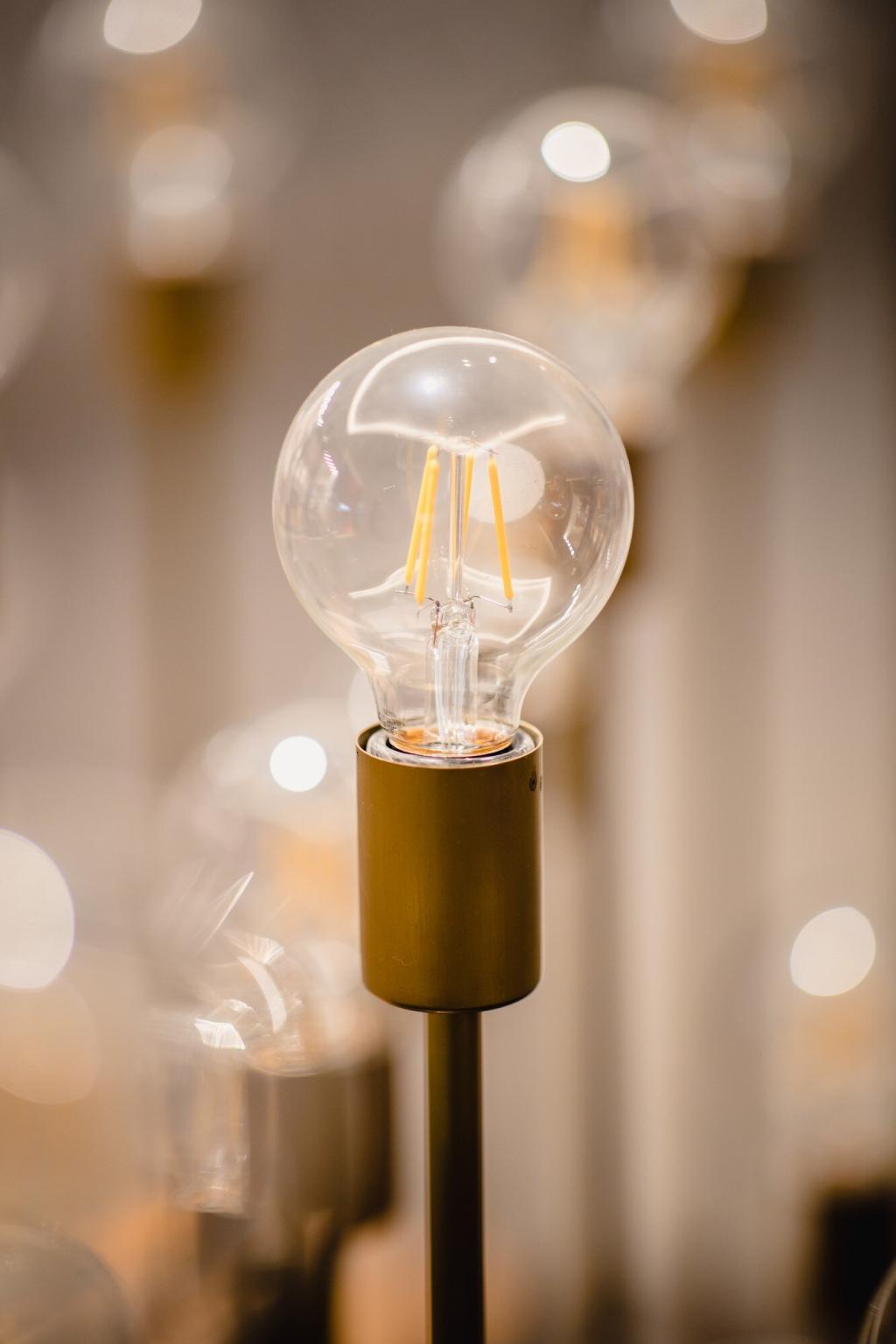
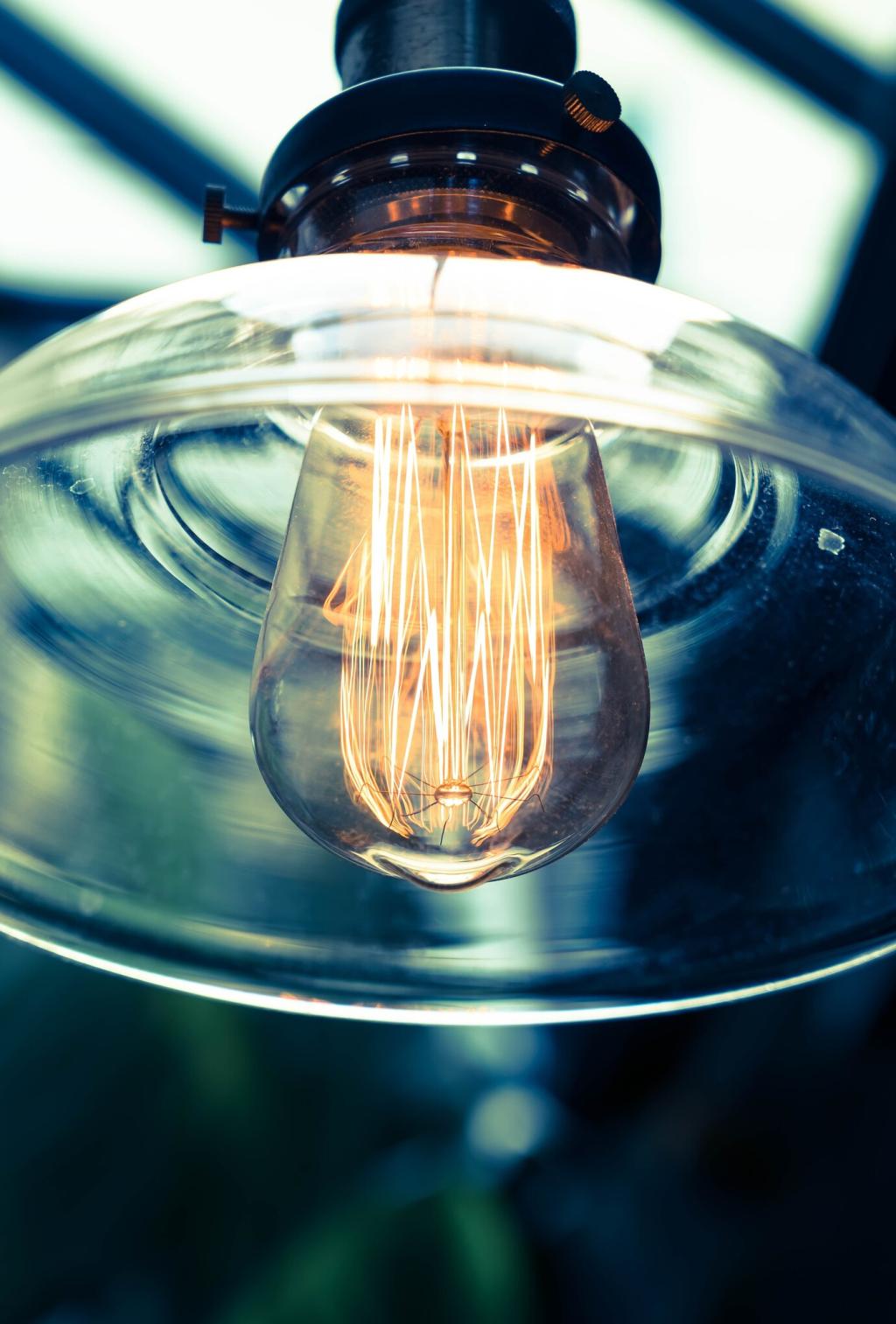
Layered Lighting, Lower Bills
Start with efficient ambient light—think integrated LED flush mounts or wide-beam downlights. Use reflective ceilings and light-colored paint to bounce illumination so each watt travels farther. A thoughtful ambient base reduces the number of lamps you need to switch on during everyday routines.
Layered Lighting, Lower Bills
Add focused task lighting to reading chairs, games tables, or craft corners. Adjustable LED floor lamps or swing-arm sconces deliver light precisely where eyes need it. When task lights do the heavy lifting, ambient levels can drop, cutting energy while keeping every page, stitch, and puzzle clearly visible.
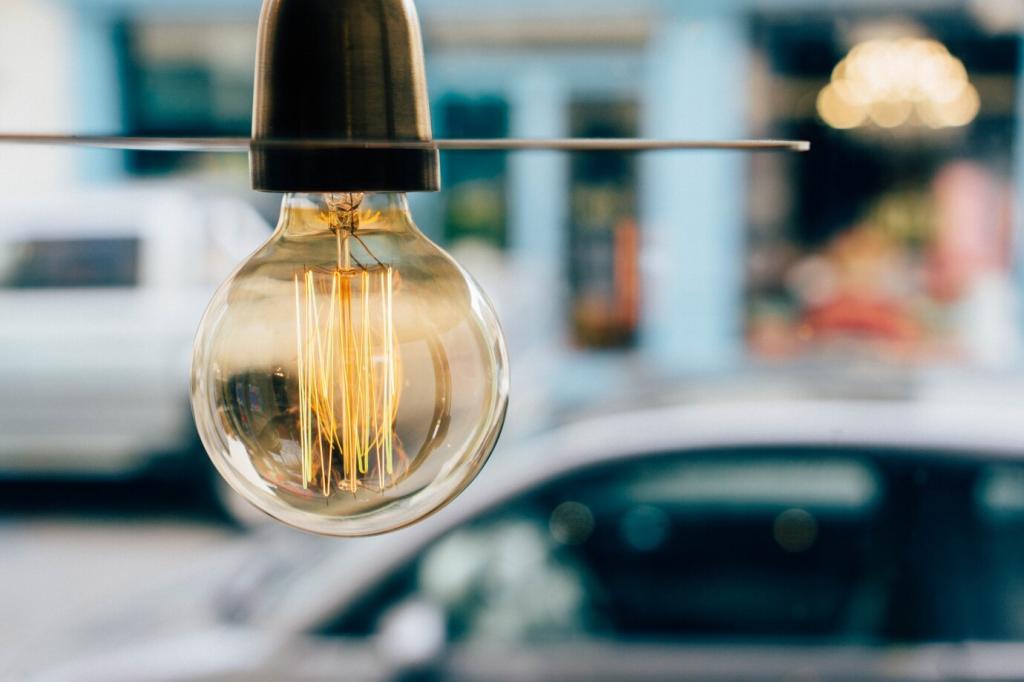
Create an evening scene at 40–60% brightness and watch power draw drop almost linearly with most dimmable LEDs. Pair warm-dimming bulbs with a movie scene for cozy, candlelike tones. Tell us your favorite scene names—do you run a reading nook, game night, or mindful morning ritual?
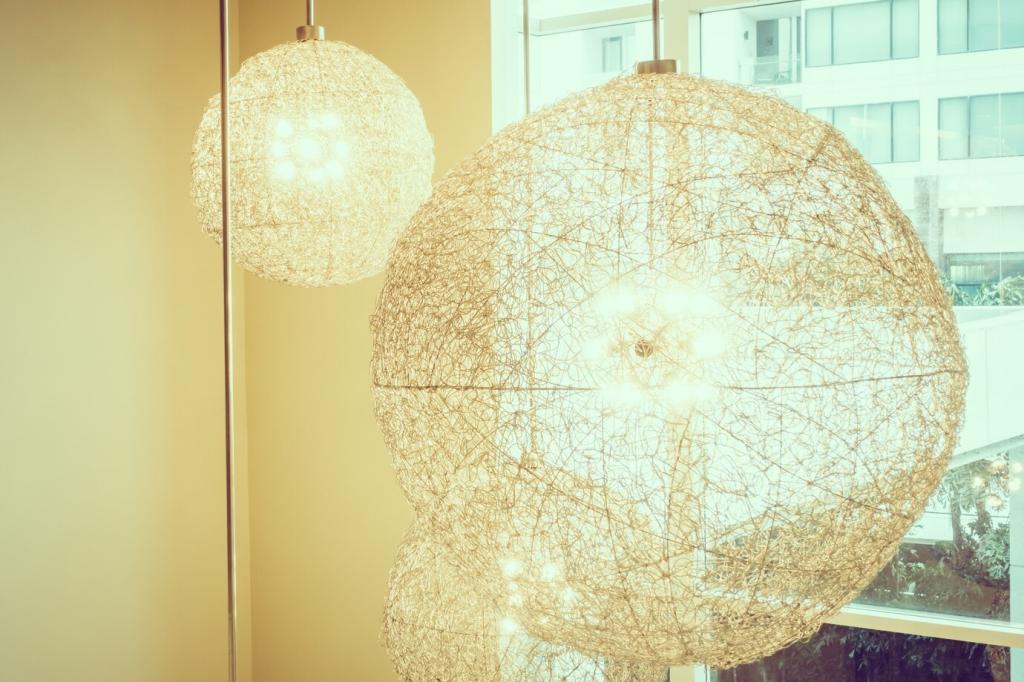
Set timers for sunset, add occupancy sensors so lights switch off when the room empties, and use ambient light sensors to limit output on bright days. Even simple schedules reduce accidental waste. Try a seven-day experiment and share the results; many readers see instant, measurable savings.
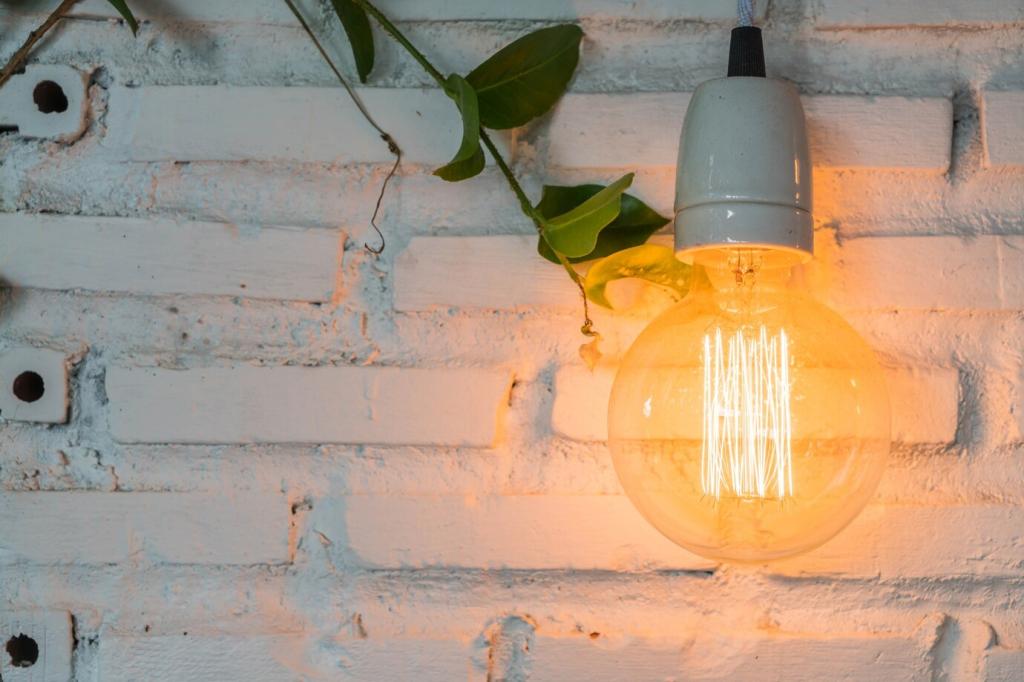
Smart devices sip standby power, often under a watt, but automation typically saves far more overall. Pick efficient, certified gear and group lights on a central smart switch to reduce idle loads. Post your favorite low-standby devices and help fellow readers choose wisely without guesswork.
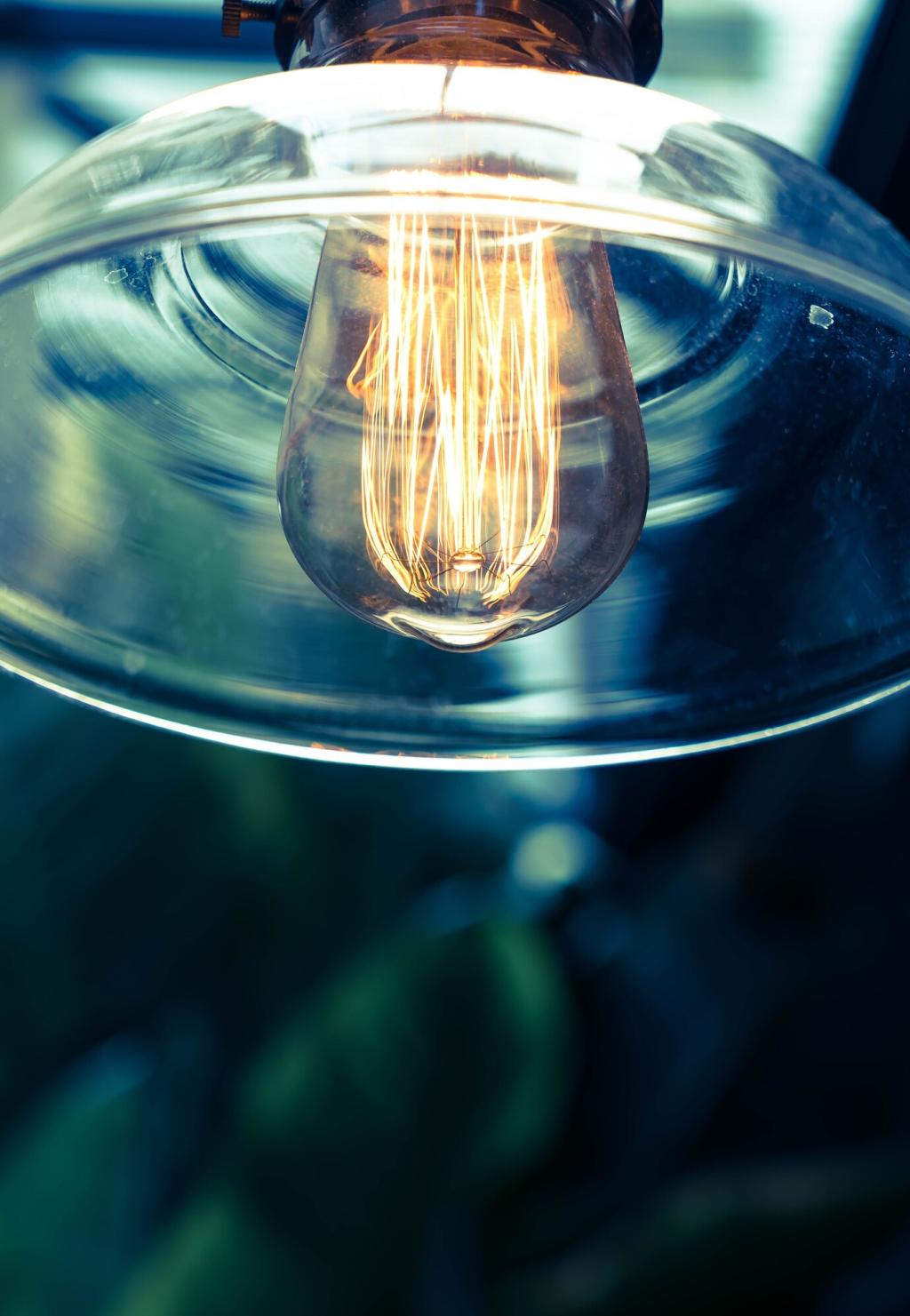
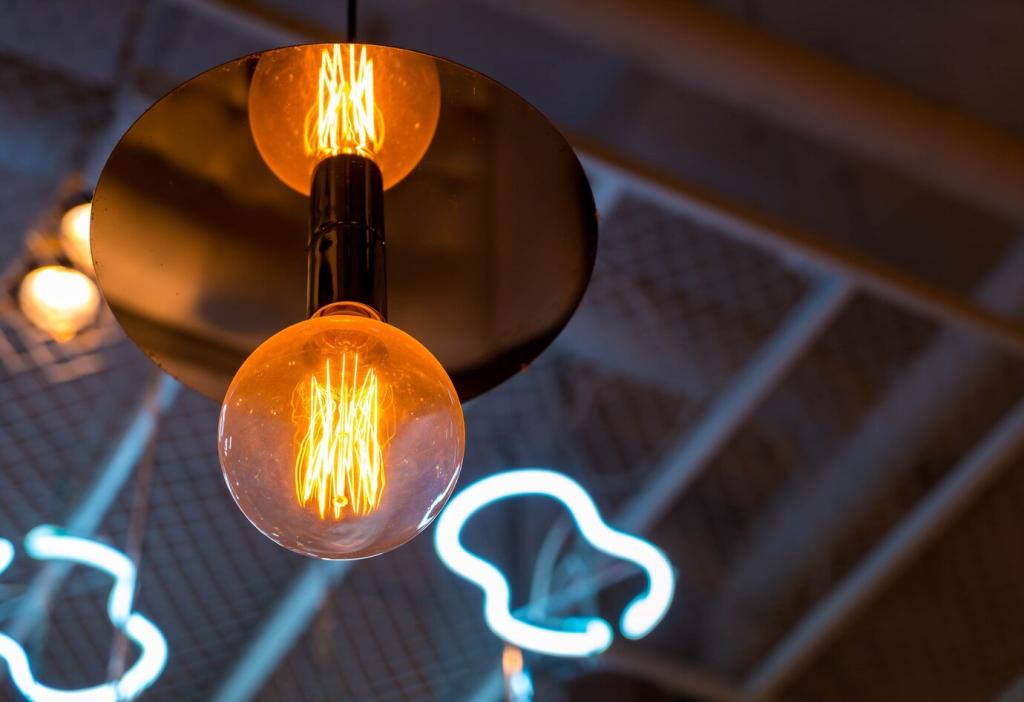
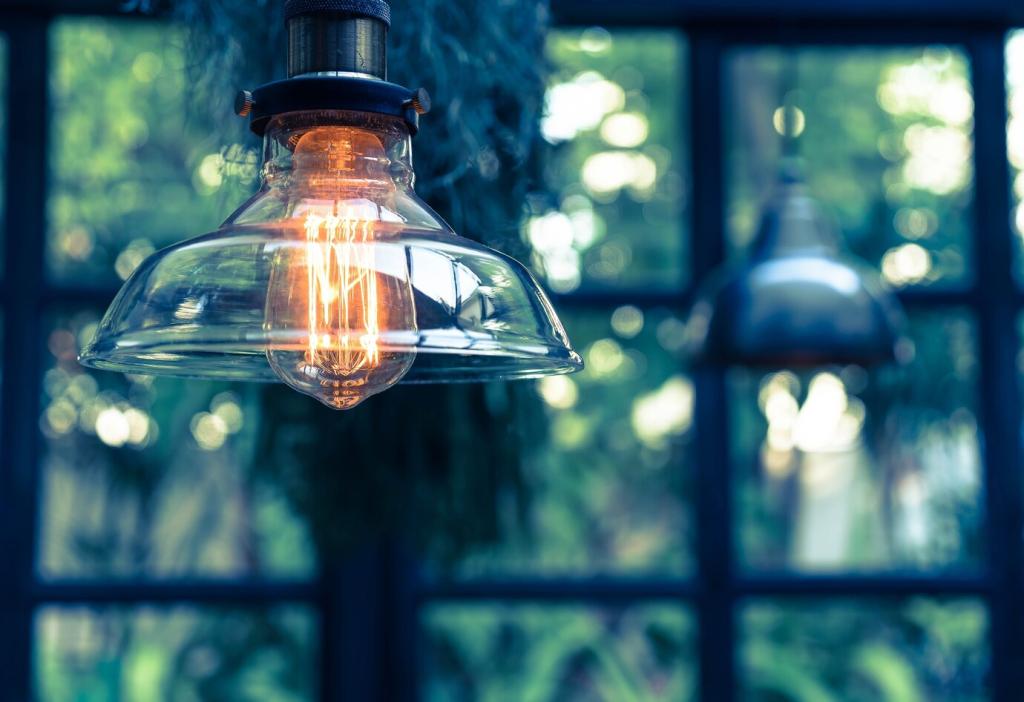
Choosing Fixtures and Bulbs That Work Harder
LED Formats and Where They Shine
Use A19 bulbs in table lamps with shades, BR30s in recessed cans for soft, wide pools of light, and GU10s in tracks to highlight art. Pair beam spreads to tasks, not guesses. Balanced optics deliver brightness exactly where it’s needed, so fewer watts still feel wonderfully generous.
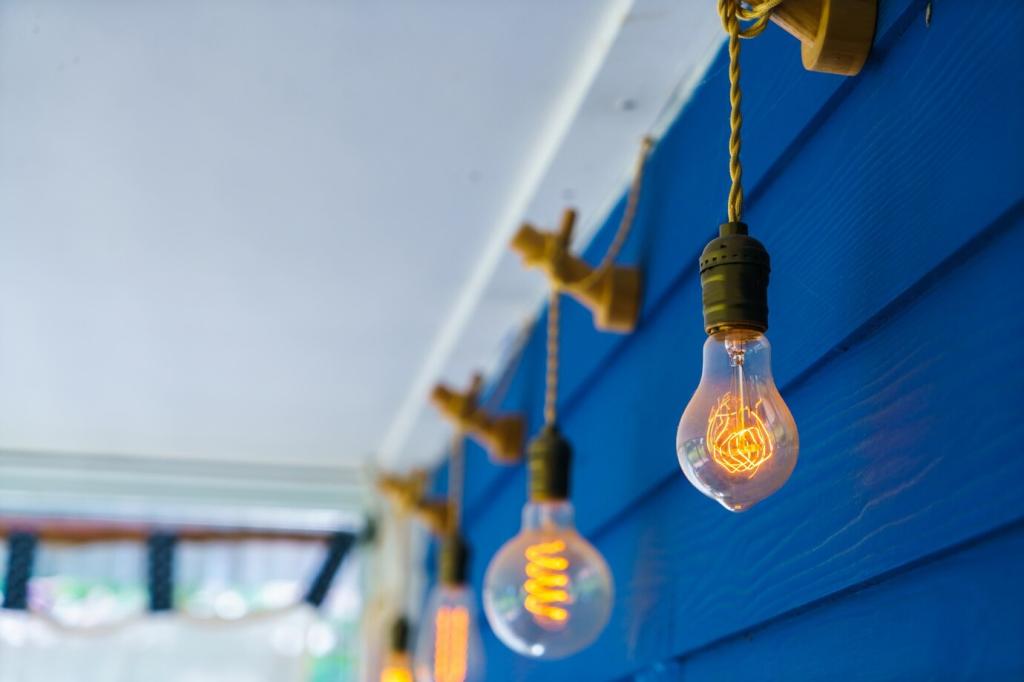
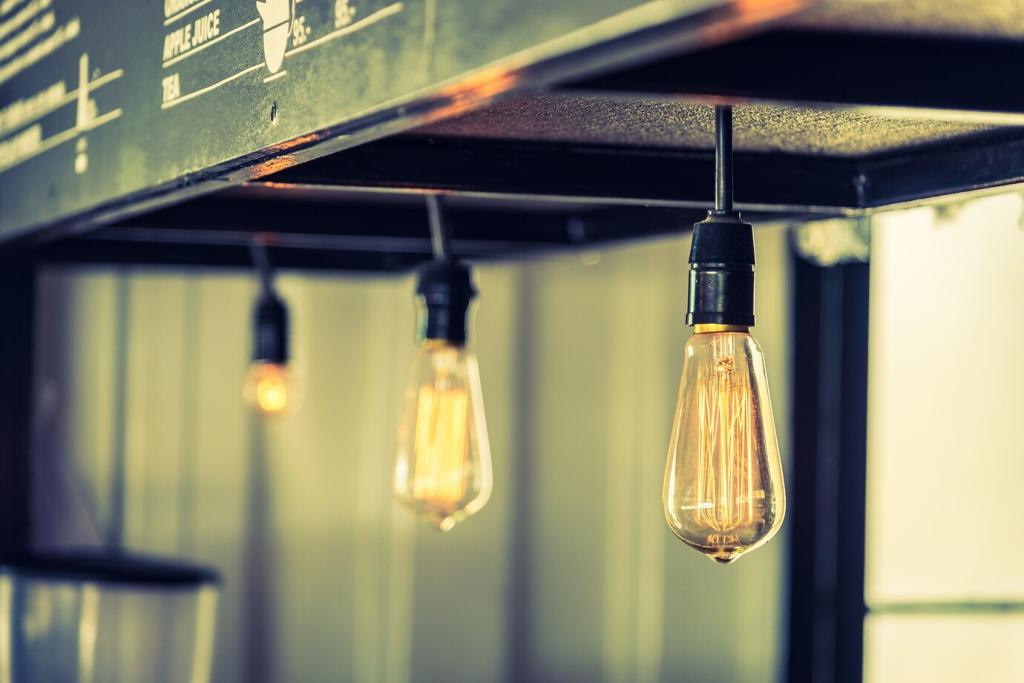
Read the Box: Metrics That Matter
Look for lumens, wattage, efficacy, and dimmable capability. Aim for CRI 90+ and 2700K–3000K for living room warmth. Check power factor near 0.9, low flicker claims, and good warranty support. Thoughtful specs translate directly into comfort, clarity, and daily savings you can truly notice.
Measure, Track, and Celebrate Your Savings
Replace five 60W bulbs with five 9W LEDs: you save 255 watts. At four hours daily, that’s about 30.6 kWh per month—roughly $4.59 at $0.15 per kWh. Small swaps add up across seasons. Share your calculations in the comments so others can benchmark and cheer your progress.
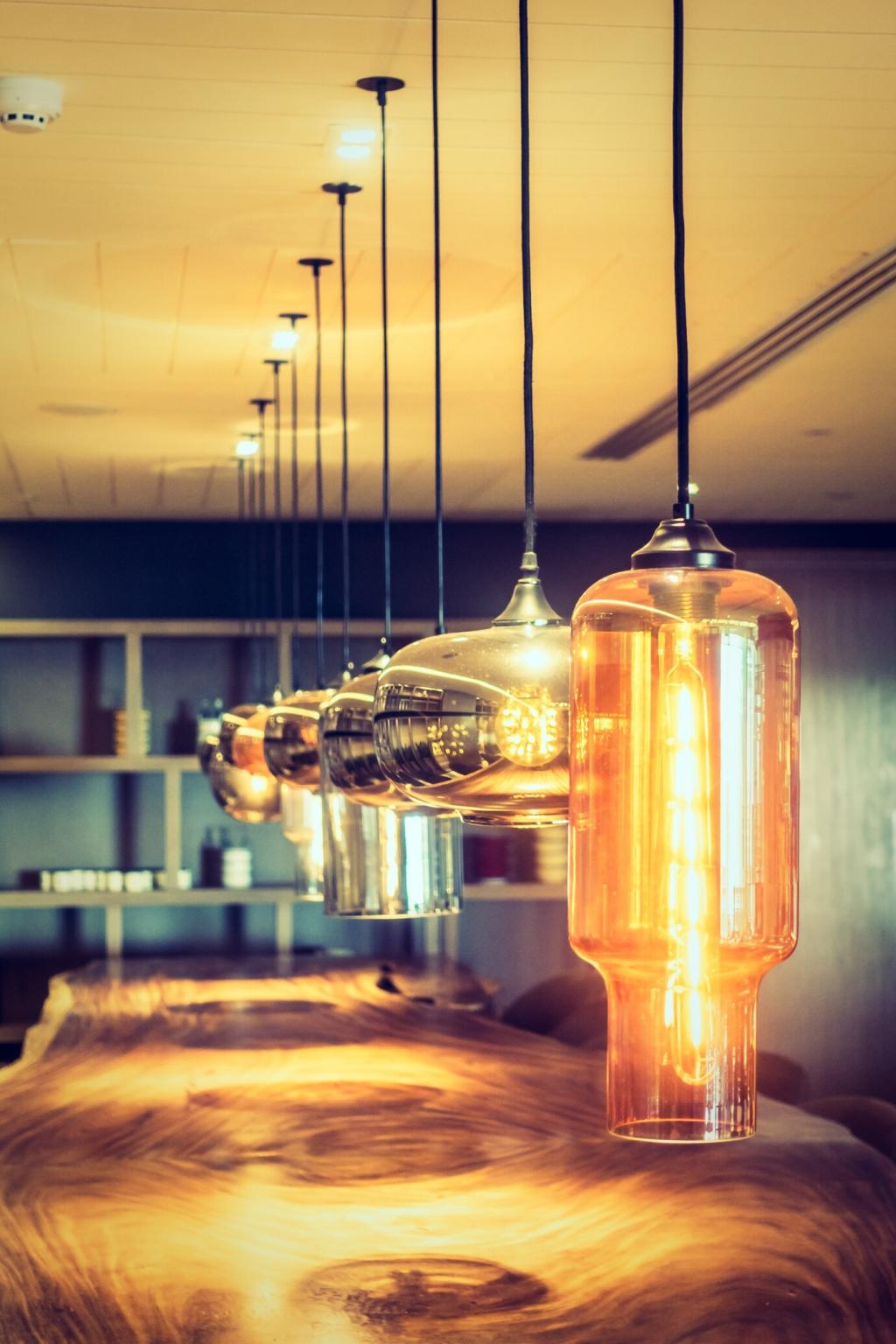
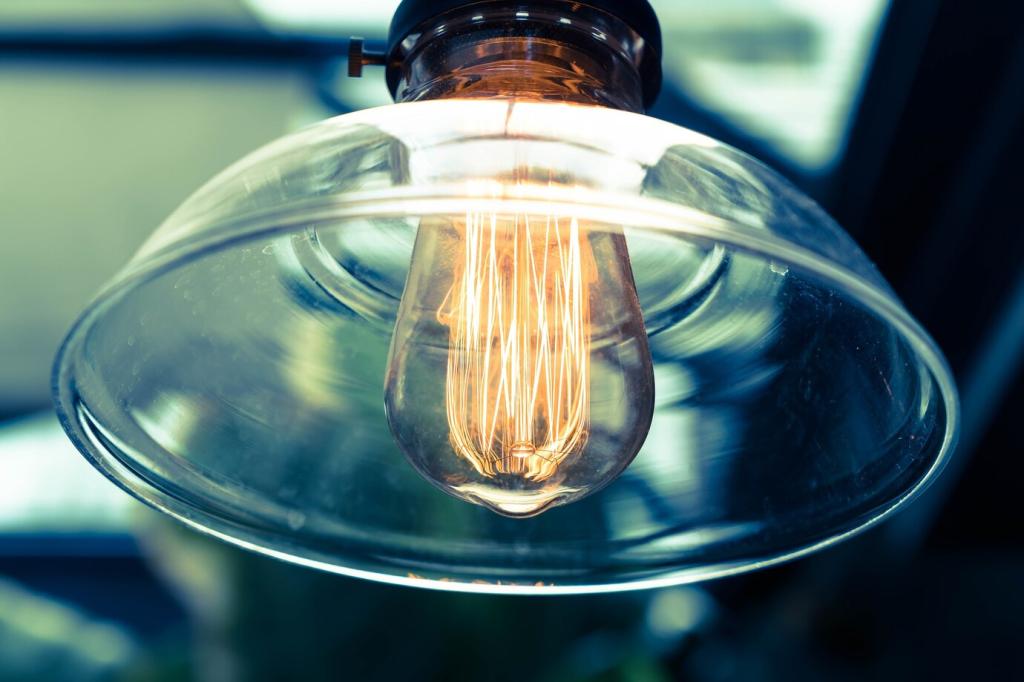
Measure, Track, and Celebrate Your Savings
Try dimming your scene by 20% for a week and measure with a smart plug or energy monitor. Log brightness, comfort, and reading clarity. Many readers report indistinguishable visual comfort and clear reductions in consumption. Post screenshots of your graphs to help newcomers pick a starting point.
